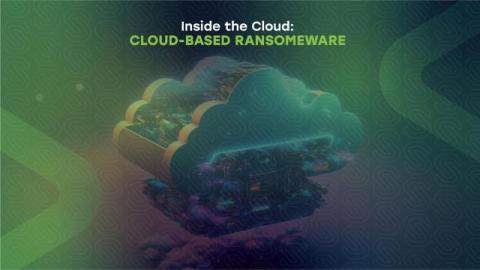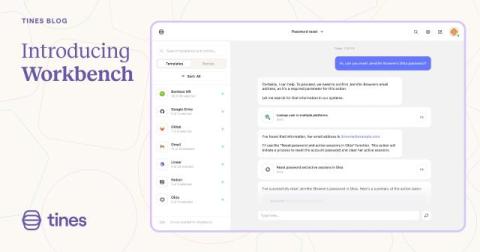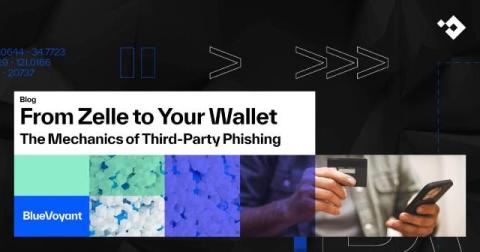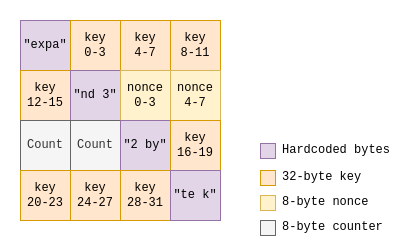Inside the Cloud: Cloud-Based Ransomware
This is the second in a series of articles about cloud-based attack vectors. Check out our last article about admin takeovers! Inside the Cloud: Attacks & Prevention – Administrative Account Compromise Ransomware has long been associated with takeovers of endpoints. However, attackers are evolving to target cloud environments – and the effects can be devastating.











